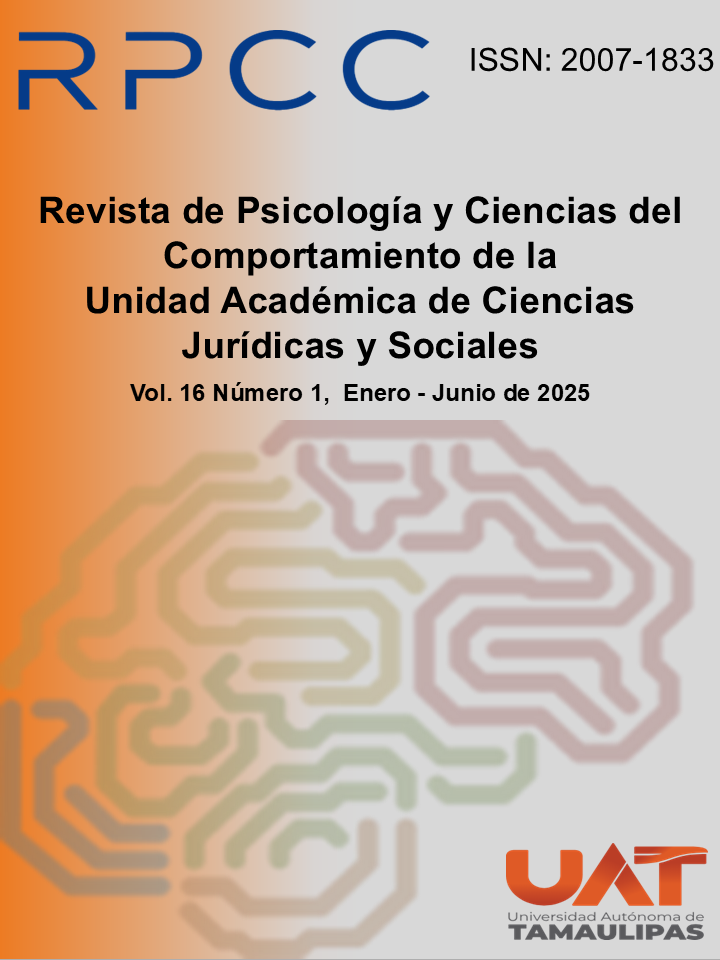A methodological proposal for the study of attentional bias in the emotional evaluation of images using eye tracking
DOI:
https://doi.org/10.29059/rpcc.20250601-195Abstract
Attentional bias refers to differences in stimulus processing. The IAPS are standardized images used to study attention, classified by valence: positive, negative, and neutral. This study evaluated a methodology to analyze attentional bias using eye tracking with positive and neutral images. An eye tracker measured viewing time, latency, and the number of fixations. Forty students participated, divided into two groups: VP-VN and VN-VN. Twenty-two slides were presented, each containing two images. The VP-VN group viewed positive and neutral images, while the VN-VN group saw only neutral ones. A total of 66 images were used, 44 of which were neutral (half repeated across both groups). After the slide disappeared, a cross appeared in the location of one of the images, and participants indicated its position. In the VP-VN group, positive images attracted more attention, with longer viewing times, more fixations, and shorter latency when the cross appeared below them. These findings suggest that positive images receive more attention, validating this methodology for studying attentional bias.
Downloads
Published
Issue
Section
License

This work is licensed under a Creative Commons Attribution-NonCommercial-ShareAlike 4.0 International License.
Those authors who have publications with the Journal of Psychology and Behavioral Sciences of the Academic Unit of Legal and Social Sciences, accept the following terms:
a. The authors will retain their copyright and guarantee the journal the right to first publish their work, which will be simultaneously subject to the Creative Commons Attribution-NonCommercial-Share Alike 4.0 International License. which allows third parties to share the work as long as its author and his first publication are indicated this journal.
b. Authors may adopt other non-exclusive license agreements for the distribution of the version of the published work (e.g., deposit it in an institutional telematic archive or publish it in a monographic volume) provided that the initial publication in this journal is indicated.
C. Authors are allowed and recommended to disseminate their work through personal communication (e.g. colleagues) before and during the submission process, for purposes of feedback or enrichment of the work, which can produce interesting exchanges








